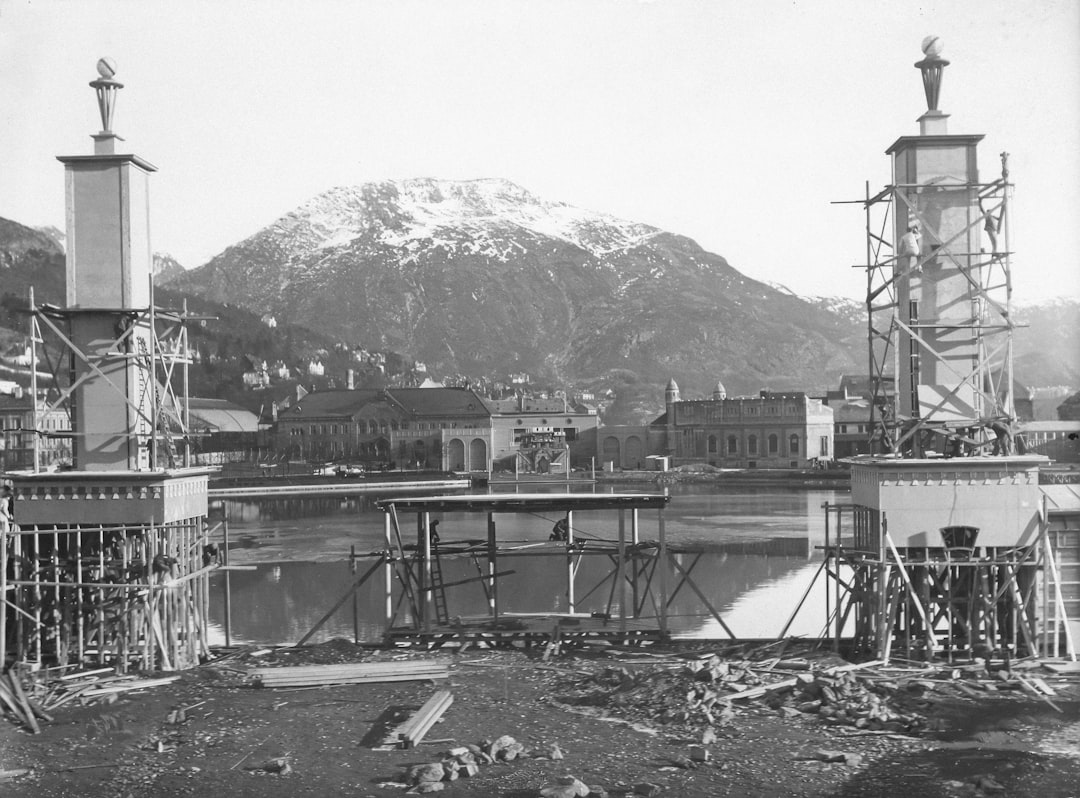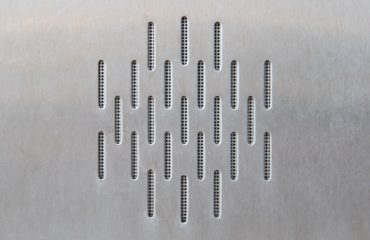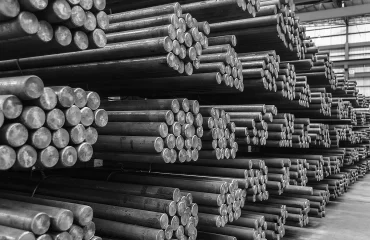The construction of modern ports is a complex undertaking, demanding innovative and robust solutions to withstand the harsh marine environment. Steel pipes, with their inherent strength, versatility, and cost-effectiveness, are increasingly becoming a preferred material for various port construction applications. This post delves into the crucial role of steel pipes in modern port infrastructure development.
1. Design and Engineering Considerations for Steel Pipe Port Structures
Designing a port structure using steel pipes requires careful consideration of several factors. The diameter and wall thickness of the pipes are crucial, determined by the anticipated loads, soil conditions, and water depth. Finite element analysis (FEA) is often employed to simulate the structural behavior under various loading scenarios, including wave forces, seismic activity, and vessel impact. The design also needs to account for corrosion protection, typically through the application of protective coatings or galvanization. Furthermore, the connection methods between pipes, whether through welding, bolted flanges, or specialized connectors, are critical for ensuring structural integrity. Detailed drawings and specifications are essential for fabrication and on-site assembly. The selection of appropriate steel grade is also vital, considering factors like yield strength, ductility, and weldability. Careful consideration of fatigue life under cyclic loading is also essential for long-term performance and safety.
2. Advantages of Utilizing Steel Pipes in Port Construction
Steel pipes offer numerous advantages in port construction. Their high strength-to-weight ratio allows for the construction of lighter yet robust structures, reducing material costs and transportation needs. The circular cross-section provides excellent resistance to lateral loads, making them ideal for applications such as piles and caissons. Steel pipes are also relatively easy to fabricate and transport, simplifying the construction process. Their inherent ductility allows them to absorb significant energy during seismic events, enhancing the overall structural resilience. Moreover, steel pipes can be readily adapted to various construction techniques, including driving, jacking, and vibratory installation, offering flexibility in site conditions. The readily available and well-established welding techniques ensure robust and reliable connections between pipe sections.
3. Addressing the Challenges of Steel Pipe Port Construction
While offering significant advantages, steel pipe port construction also presents certain challenges. Corrosion is a major concern, requiring careful selection of materials, protective coatings, and regular maintenance. The potential for buckling under compressive loads needs to be meticulously addressed through appropriate design and support systems. Welding quality control is crucial to ensure the structural integrity of the connections. Logistics and transportation of large-diameter pipes can be complex and expensive, especially in remote locations. Site conditions, such as soil type and water depth, can significantly influence the construction methodology and cost. Moreover, ensuring the precise alignment and verticality of the pipes during installation requires skilled labor and sophisticated equipment.
4. Environmental Considerations in Steel Pipe Port Construction
Environmental sustainability is increasingly crucial in port development. Steel is a recyclable material, reducing the environmental impact compared to other construction materials. However, the manufacturing process of steel does generate greenhouse gases. Minimizing waste during fabrication and construction is essential. Careful consideration needs to be given to the potential impact on marine ecosystems during construction, including noise pollution and sediment disturbance. The selection of environmentally friendly protective coatings is also important. Life cycle assessment (LCA) can be utilized to evaluate the overall environmental impact of steel pipe port structures throughout their lifespan. The potential for future decommissioning and recycling needs to be planned from the initial design phase.
5. Future Trends and Innovations in Steel Pipe Port Construction
The future of steel pipe port construction involves further innovations to enhance efficiency, sustainability, and resilience. Advanced materials, such as high-strength low-alloy (HSLA) steels, are being explored to reduce weight and enhance performance. The integration of smart sensors and monitoring systems allows for real-time assessment of structural health and early detection of potential problems. Additive manufacturing techniques, such as 3D printing, offer the potential for customized and optimized pipe designs. The development of more environmentally friendly coatings and corrosion protection methods is ongoing. Further research into the use of recycled steel in port construction is also crucial for achieving greater sustainability. The integration of renewable energy sources into port infrastructure, powered by structures built with steel pipes, is also emerging as a promising trend.
In conclusion, steel pipes are playing a vital role in shaping the future of port construction. Their versatility, strength, and cost-effectiveness, combined with ongoing innovations, solidify their position as a key material for building resilient and sustainable port infrastructure worldwide. Proper planning, meticulous design, and careful consideration of environmental factors are essential for successful implementation.
SEO Tags:
- Steel pipe ports
- Port construction techniques
- Marine steel structures
- Offshore port construction
- Sustainable port development




